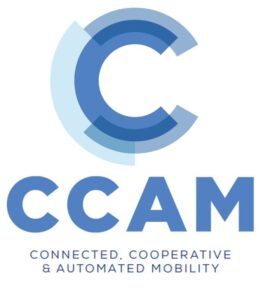In many respects today’s vehicles are already connected devices. However, in the very near future they will also interact directly with each other and with the road infrastructure. This interaction is the domain of Cooperative Intelligent Transport Systems (C-ITS), which will allow road users and traffic managers to share information and use it to coordinate their actions. This cooperative element – enabled by digital connectivity between vehicles and between vehicles and transport infrastructure – is expected to significantly improve road safety, traffic efficiency and comfort of driving, by helping the driver to take the right decisions and adapt to the traffic situation.
Therefore, the European Commission adopted a European Strategy on Cooperative Intelligent Transport Systems (C-ITS) on 30th of November 2016, a milestone initiative towards cooperative, connected and automated mobility. The objective of the C-ITS Strategy is to facilitate the convergence of investments and regulatory frameworks across the EU, in order to see deployment of mature C-ITS services in 2019 and beyond. This includes the adoption of the appropriate legal framework at EU level by 2018 to ensure legal certainty for public and private investors, the availability of EU funding for projects, the continuation of the C-ITS Platform process as well as international cooperation with other main regions of the world on all aspects related to cooperative, connected and automated vehicles. It also involves continuous coordination, in a learning-by-doing approach, with the C-ROADS platform, which gathers real-life deployment activities in Member States.
On 13 March 2019, the Commission adopted a delegated regulation on specifications for the provision of C-ITS, supported by an impact assessment. The delegated regulation did not enter into force following an objection by the Council of the European Union.
 PAVE US
PAVE US PAVE EUROPE
PAVE EUROPE PAVE UK
PAVE UK

